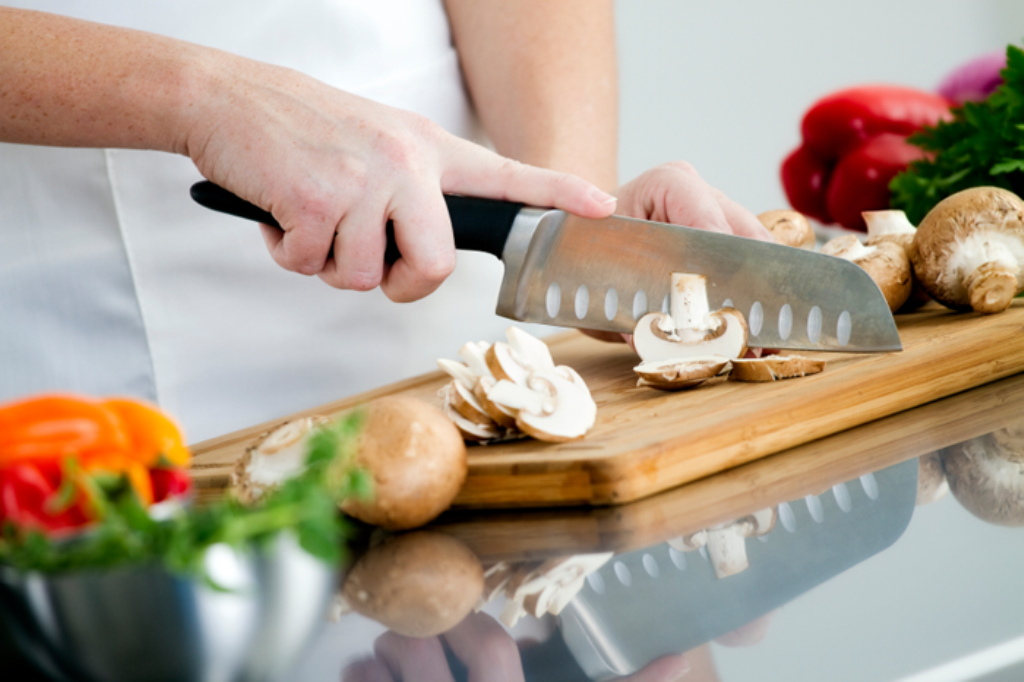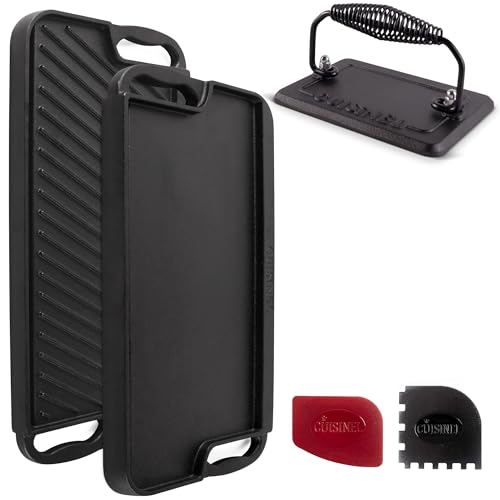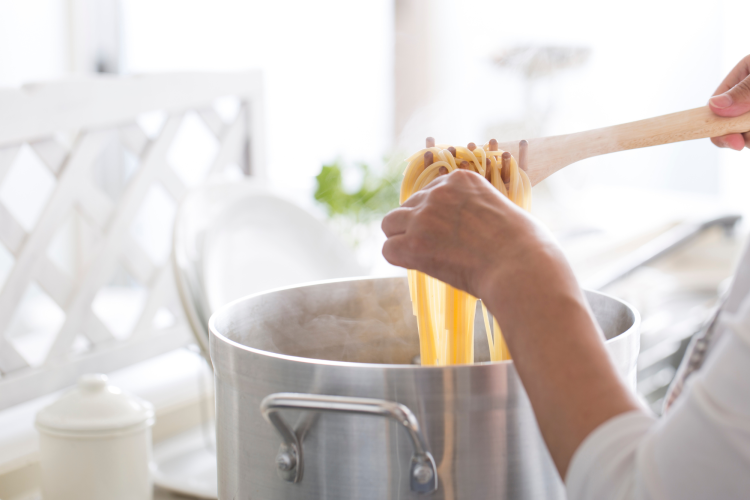For any kitchen professional, maintaining a spotless working environment is essential. One kitchen tool that often gets overlooked is the plastic cutting board. While bleach is a commonly used cleaning agent, its harsh properties may not be ideal for every situation. If you're curious about how to clean a plastic cutting board without bleach, this article will provide effective and proven methods to keep your boards clean without sacrificing hygiene or safety.
Plastic cutting boards are known for their durability and lightweight nature, but they're also susceptible to scratches and grooves where bacteria can hide. Regular cleaning is crucial, and this guide reveals effective and easy techniques that do not involve bleach, using simple alternatives you likely have at home. Let's get started!
:max_bytes(150000):strip_icc()/prevent-cutting-board-slipping-1123-c9837c7f958745b792c2b115c7d7bccd.jpg)
Why You Should Avoid Bleach on Plastic Cutting Boards
For many in the culinary world, bleach has long been considered a go-to cleaning agent. However, new trends in food safety and sustainability are prompting a re-evaluation. Here are some reasons to reconsider:
- Harsh Chemicals: Although bleach is effective at killing bacteria, it can leave harmful residues that might contaminate sensitive foods such as fruits and vegetables.
- Environmental Concerns: Disposing of bleach-contaminated water can negatively impact aquatic ecosystems, making bleach a less environmentally friendly option.
- Health Hazards: Prolonged exposure to bleach fumes can irritate the skin and respiratory system.
By opting for alternative cleaning methods, you mitigate these risks while still keeping your cutting surface sanitary.
5 Remarkable Methods to Clean Plastic Cutting Boards Without Bleach
1. Hot Soapy Water and Scrubbing
The most straightforward and familiar method for cleaning plastic cutting boards is using hot, soapy water. Heres how to do it:
- Start by filling your sink or a wash basin with hot water and dish soap.
- Use a scrub brush to thoroughly clean both sides of the board.
- Rinse it with warm water and dry it with a clean towel or let it air dry completely.
This method is ideal for everyday cleaning and is perfectly safe for regular use.
2. White Vinegar: The Natural Sanitizer
The natural acidity of white vinegar makes it an excellent, non-toxic cleaning solution. Heres how you can utilize it:
- In a spray bottle, mix equal parts of white vinegar and water.
- Generously spray the solution over the cutting board, ensuring full coverage.
- Allow it to sit for about 5 minutes, then scrub and rinse with hot water.
If deeper cleaning is needed, you can soak the cutting board in the vinegar solution for 15-30 minutes.
Korean BBQ Pan Cleaning3. Baking Soda and Lemon for Stubborn Stains
If your board has tough stains or lingering smells, this method works wonders:
- Sprinkle a hearty amount of baking soda on the surface of the board.
- Slice a lemon in half and scrub the board with the juicy side, applying extra pressure on stained areas.
- Let it sit for about 10 minutes before rinsing it off with hot water.
This technique not only cleans your board but also leaves it smelling pleasantly fresh.
4. Hydrogen Peroxide: The Hero Against Germs
Hydrogen peroxide is an approved germicide that is safe for use on plastic. Follow these steps:
- Pour 3% hydrogen peroxide directly onto the surface of the board.
- Let it sit for about 10 minutes to effectively kill bacteria.
- Rinse thoroughly with water and allow it to air dry.
5. Dishwasher Cleaning for Quick Convenience
If your plastic cutting board is dishwasher-safe, this is a quick and convenient option. Just place it on the top rack and run a hot cycle. The high temperature will clean and sanitize your board, eliminating any hidden bacteria.
Cleaning Cast Iron GratesMaintenance Tips for Long-Term Hygiene
Regular Cleaning
Make cleaning a daily habit to prevent bacteria from accumulating. Always wash your board right after use, especially if it has handled raw meat or seafood.
Inspect for Damage
Over time, plastic cutting boards can develop grooves that may harbor bacteria even after cleaning. Regularly check your board for wear and replace it as necessary.
Use Separate Boards
Allocate different cutting boards for raw meat, cooked foods, and produce. This method greatly reduces the risk of cross-contamination.
Cooking Steak GuideFAQs on Cleaning Plastic Cutting Boards Without Bleach
1. Can I Use Essential Oils for Cleaning?
Absolutely! Essential oils, such as tea tree oil, possess natural antibacterial properties. However, they should be combined with other cleaning methods like soap or vinegar for enhanced effectiveness.
2. How Often Should I Sanitize My Plastic Cutting Board?
If you're working in a professional environment or handling raw meat, it's wise to sanitize your board daily. For regular home use, sanitizing it once or twice a week is generally sufficient.
3. Is Boiling Water a Safe Cleaning Option?
Yes, pouring boiling water on your cutting board can effectively kill bacteria. However, be cautious with boards that aren't heat-resistant, as this may warp the plastic.

Conclusion: Clean, Safe, and Bleach-Free
For kitchen professionals, upholding high cleanliness standards doesnt mean resorting to harsh chemicals. With alternatives ranging from vinegar to hydrogen peroxide, there are plenty of methods to keep your plastic cutting boards clean and free from germs.
These surprising yet straightforward options not only protect your cutting board but also ensure the safety of your food and the environment. If you're ready to elevate your cutting board hygiene, start integrating these techniques today!
Wood Cutting Board CareThis article contains affiliate links. We may earn a commission at no extra cost to you.






Leave a comment
This site is protected by hCaptcha and the hCaptcha Privacy Policy and Terms of Service apply.